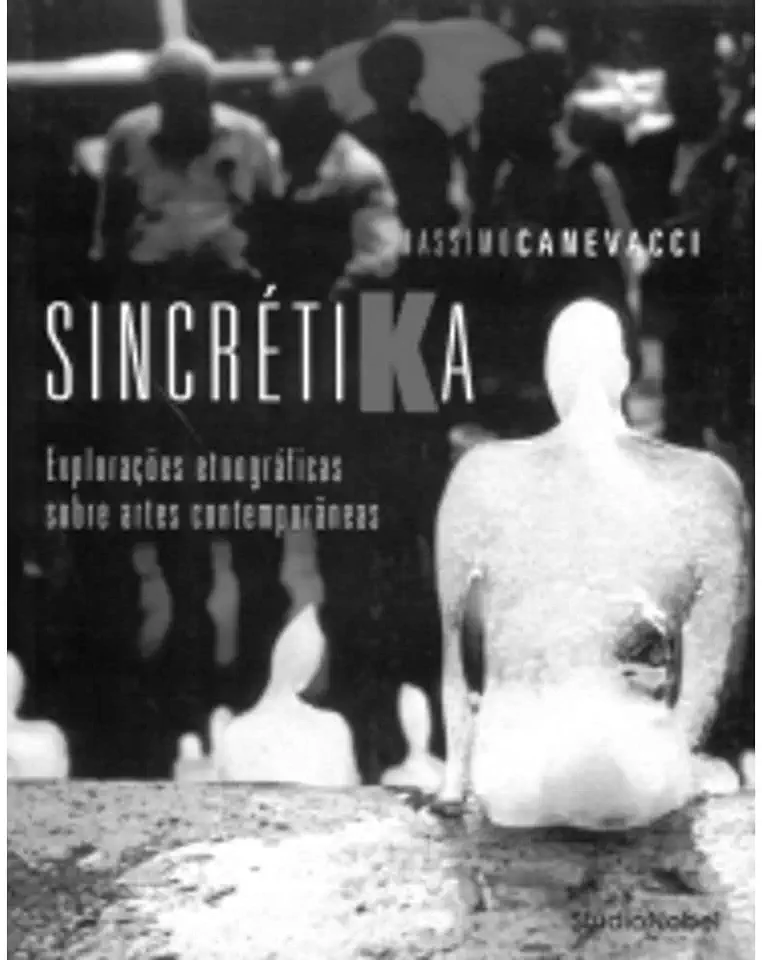
Sincrétika: Ethnographic Explorations in Contemporary Art - Massimo Canevacci
Sincrétika: Ethnographic Explorations in Contemporary Art
Introduction
In "Sincrétika: Ethnographic Explorations in Contemporary Art," Massimo Canevacci takes readers on a journey through the world of contemporary art, exploring the ways in which artists are using ethnographic methods to create new and innovative works of art. Canevacci argues that ethnography is a powerful tool for artists because it allows them to gain a deep understanding of the cultures and communities they are studying, and to use this knowledge to create art that is both meaningful and relevant.
Ethnography and Contemporary Art
Ethnography is a research method that involves spending an extended period of time in a community, observing and participating in the everyday lives of its members. Ethnographers use a variety of methods to collect data, including interviews, participant observation, and archival research. This data is then used to create a detailed account of the community's culture and way of life.
Contemporary artists are increasingly using ethnographic methods to create new and innovative works of art. By spending time in different communities and learning about their cultures, artists are able to gain a deeper understanding of the world around them and to create art that is both more meaningful and more relevant.
Examples of Ethnographic Art
There are many examples of ethnographic art in the contemporary world. Some of the most well-known examples include:
- The work of the Brazilian artist Ernesto Neto. Neto creates large-scale installations that are inspired by the indigenous cultures of Brazil. His work often involves the use of natural materials, such as leaves, branches, and flowers, and it is often interactive, inviting viewers to participate in the experience.
- The work of the American artist Suzanne Lacy. Lacy creates performance art pieces that explore social and political issues. Her work often involves collaboration with community members, and it is often used to raise awareness of important issues.
- The work of the British artist Simon Fujiwara. Fujiwara creates sculptures, installations, and videos that explore the relationship between culture and identity. His work often draws on his own experiences as a Japanese-British artist, and it explores the ways in which different cultures can coexist.
The Importance of Ethnographic Art
Ethnographic art is important because it allows artists to create new and innovative works of art that are both meaningful and relevant. By spending time in different communities and learning about their cultures, artists are able to gain a deeper understanding of the world around them and to create art that reflects this understanding. Ethnographic art can also help to raise awareness of important social and political issues, and it can be used to promote understanding and tolerance between different cultures.
Conclusion
"Sincrétika: Ethnographic Explorations in Contemporary Art" is a fascinating and insightful exploration of the ways in which artists are using ethnographic methods to create new and innovative works of art. Canevacci's book is a must-read for anyone interested in contemporary art, ethnography, or the intersection of art and culture.
Order Your Copy Today!
"Sincrétika: Ethnographic Explorations in Contemporary Art" is available now from all major booksellers. Order your copy today and start exploring the world of ethnographic art!